Climate Trackers Say August Was Record-Warm Globally

Source: Summit County Citizens Voice
Staff Report
August 2016 is down in the global climate annals as the warmest August on record and the second-warmest month of all time, just behind July. According to Copernicus, Europe’s earth observation program, August’s global average temperature was 0.62 degrees Celsius above the 1981-2010 average, and 0.17 degrees Celsius warmer than the previous August record, set in 2015.
According to the Copernicus update, the global temperature anomaly crested in February, coinciding with the peak of ocean-warming El Niño conditions, dropped from March to June, but spiked again during July and August. Each month from August 2015 onward has been the warmest on record for that particular month.
Across Europe, temperatures varied from month to month, from well-above average in December 2015 to below average in January, then back to warmer than average in February, with each subsequent month through August remaining above average.
Globally, the period from September 2015 to August 2016 is the warmest twelve months on record, with a temperature 0.63 degrees Celsius above the 1981-2010 average. There is agreement between various datasets regarding:
- the exceptional warmth of 2015 and 2016;
- the overall rate of warming since the late 1970s;
- the sustained period of above-average values from 2001 onwards.
Copernicus also posted data from monitoring summer wildfires in Siberia, showing a link between the vast blazes and some of the warmest temperatures on record for that region:
“The Copernicus Climate Change Service (C3S) data have shown every month of 2016 to be the warmest of that month since records began, with July being the warmest month on record in absolute terms (http://climate.copernicus.eu/resources/data-analysis/average-surface-air-temperature-analysis/monthly-maps/).
Increased July surface air temperatures were most pronounced across northern Russia and western Siberia, where warmer and, crucially, drier environmental conditions fuelled the wildfire activity (http://www.rcinet.ca/eye-on-the-arctic/2016/08/11/in-russias-warmest-summer-ever-arctic-ice-reaches-record-low/).
Dry conditions across the region are highlighted by unseasonal low precipitation (see Figure 1), and soil moisture (not shown). Satellite observations of wildfire locations made by the MODIS instruments show a clear distribution across central Siberia from the Ob River in the northwest to Lake Baikal in the southeast, collocated with the driest conditions.
Wildfires are commonplace in spring and summer across Siberia and forests in the Northern Hemisphere generally, with 2016 also having experienced significant wildfire activity in Fort McMurray, Canada during May and southern California during July and August. The Siberian wildfires, however, have been notable for their correspondence with the climate monitoring in C3S.”
Source: Summit County Citizens Voice




















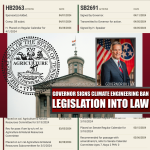
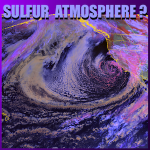
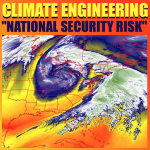
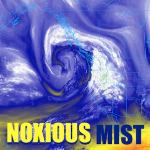



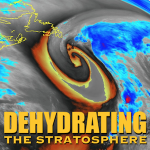
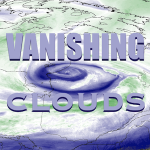












































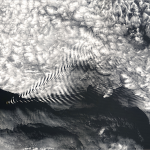























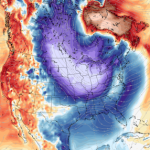









































I have been traveling the Intermountain West for 5 months living in National Forests. I am an experienced outdoorsman (40 years). The forests of Arizona were were the driest I have ever seen, in May the forests felt like it was late September with trees turning yellow in mid May. Utah forests were almost as dry. Idaho and Montana forests were much better but dried out so fast that ranchers were commenting they had never seen it dry out as fast as it did this July As a native of Montana, I know the mosquitoes in June and July are always horrendous, this year they were virtually nonexistent! But the worst biting fly season I have ever seen! In late July the Madison and Jefferson rivers were closed to fishing because the water was too warm. On August 19, 183 miles of the Yellowstone River from yellowstone park to Billings was closed to fishing after a mass die-off of whitefish which went unexplained but was later blamed on a parasite. Keep in mind Yellowstone National Park is the most studied ecosystem on the planet!
Everywhere I camped from Mexico to Canada was exposed to DAILY spraying. I did not experience morning dew until I reached the Flathead valley, and have only seen a small amount of dew on days after rain. In the Flathead River Valley all of the pine trees are turning yellow and red…local area bow hunters also noticed this phenomenon and we openly discussed how the plant life has changed dramatically over the last few years. For example, areas the produced copious amounts of huckleberry are not producing anything this year or last year.
I spent 6 weeks during June and July in and around the greater Yellowstone ecosystem and did not experience a single thunderstorm! This was a first for me, in this country one can expect to endure very intense storms during the summer, this year we just had wind and dark clouds that somewhat resembled a thunder head but produced no rain, just wind and electricity…no wonder it dried out so fast!
We are definitely seeing global warming but I think the bigger theme is global drying. You don't need a PHD, all one has to do is spend a little time looking at the sky to see what is as plain as the nose on one's face. The sky is being sprayed aggressively which is altering it's composition and weather. It is not a giant leap of logic to assume that what is being sprayed into the sky is falling to earth and impacting the ecosystem in a myriad of ways.
Great reply. I agree the dying trees here are about 75% across the board in all species. Defiantly uv burn on most trees as well as most pines with worms. Saddest fall colors I have ever could imagine. It's a crime. The world is me ssinf so many small bugs and spiders.
So , yah, I vote the seed bank will open in the distant future.
I also find it interesting that in the bible god comes back before we destroy the whole world! I guess each, one or the other will be in my future.